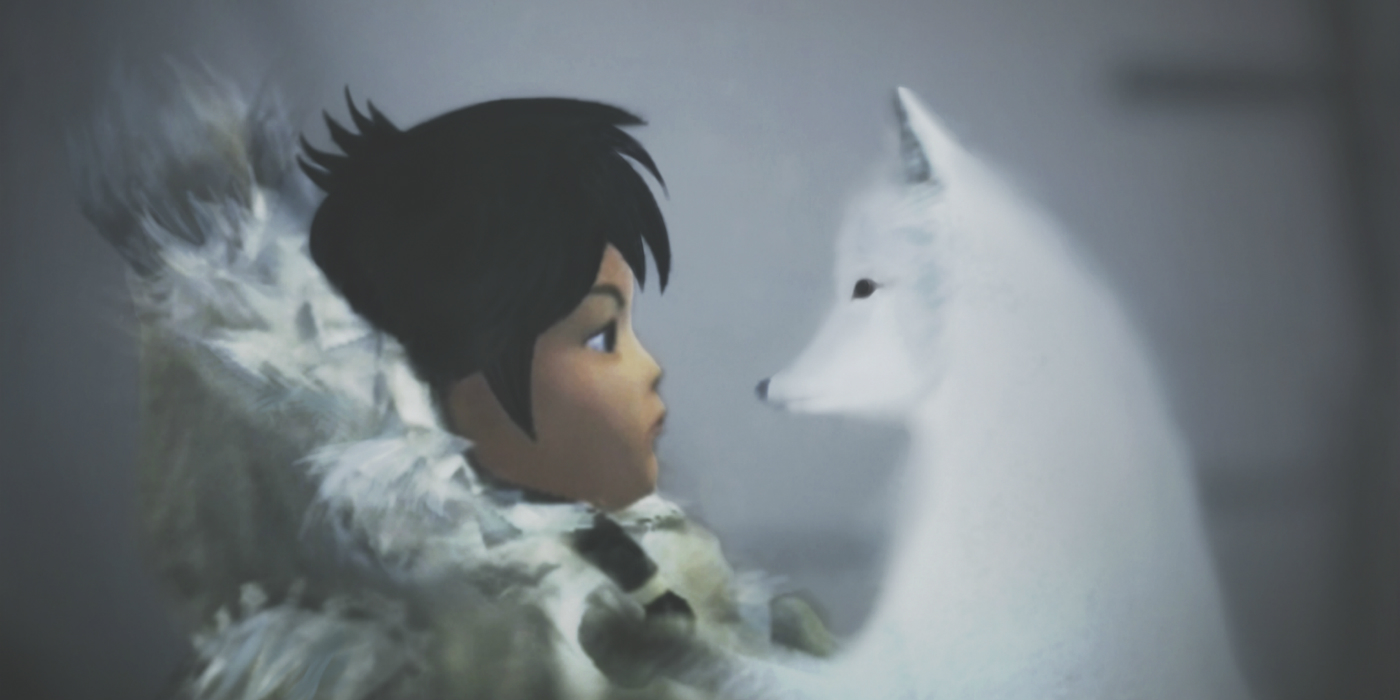Connecting the dots between disparate cultures with a video game
When was the last time a video game made you cry? The last time you finished a game and felt the satisfaction so familiar to readers that have reached the end of a really amazing book?
Video games are powerful storytelling tools, and as the news industry seeks more immersive and interactive ways to tell news stories, the gaming industry is starting to produce more and more independent games that advance the medium.
“Engagement” is the buzzword humming around a slightly panicked news industry that’s tasked with not only the burden of figuring out digital media but also being at the forefront of its innovation — all while still telling ‘all the news that’s fit to’… erm… tweet?
Video games, conversely, are a new medium with extremely engaged audiences— entire communities and conventions built around and by fans — that hasn’t always lived up to its storytelling potential — at least not until more recently, particularly with the rise of indie games.
Sean Vesce and Dima Veryovka are the founders of Colabee, a game design studio with a mission to connect cultures through creating world games. They met over four years ago, just before E-line Media hired them to work on a unique project.
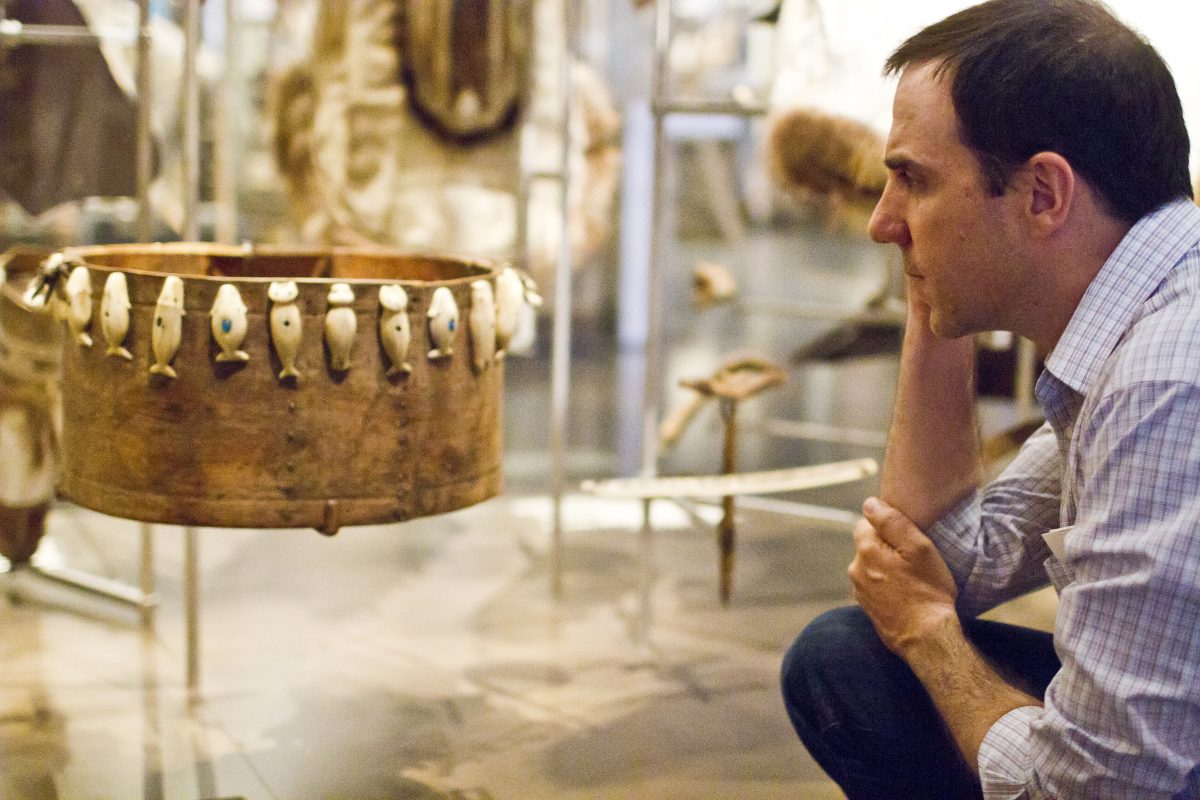
“The founders [of E-line] have an interest in using games for education and for scientific research and a lot of kind of interesting things so we were attracted to the company based on that,” Vesce says. “But what they had was a project that was really interesting to us; they were looking to make a game about a world culture but do it in a way that was built in partnership with a community.”
Both Vesce and Veryovka have many years in the game design industry, working on projects like the Tomb Raider and SOCOM series. They saw the potential in E-line’s project to satisfy what they were both looking for – as Vesce puts it, “an experience that would get us out of the normal process of making games and to do something a little bit different.”
Different how? Playing “Never Alone” — the end result of E-line’s endeavor — is in some ways very much like playing many other video games. The premise is relatively simple: You, an Iñupiat girl, are on a quest. You are accompanied by a trusty companion, an arctic fox who has joined you. You must jump and climb and brace yourself against the freezing winds of the never-ending blizzard, preventing your community from being able to hunt.
“The difference is the way we make them [the games] and our approach,” Veryovka says. “As far as the game, for instance, ‘Never Alone,’ if you look from a design perspective, it’s a common platform for a game but the story is different. It’s an authentic story and what people will get at the very end from that story and from that experience, that’s what’s the difference. We’re working with real people, with real stories.”
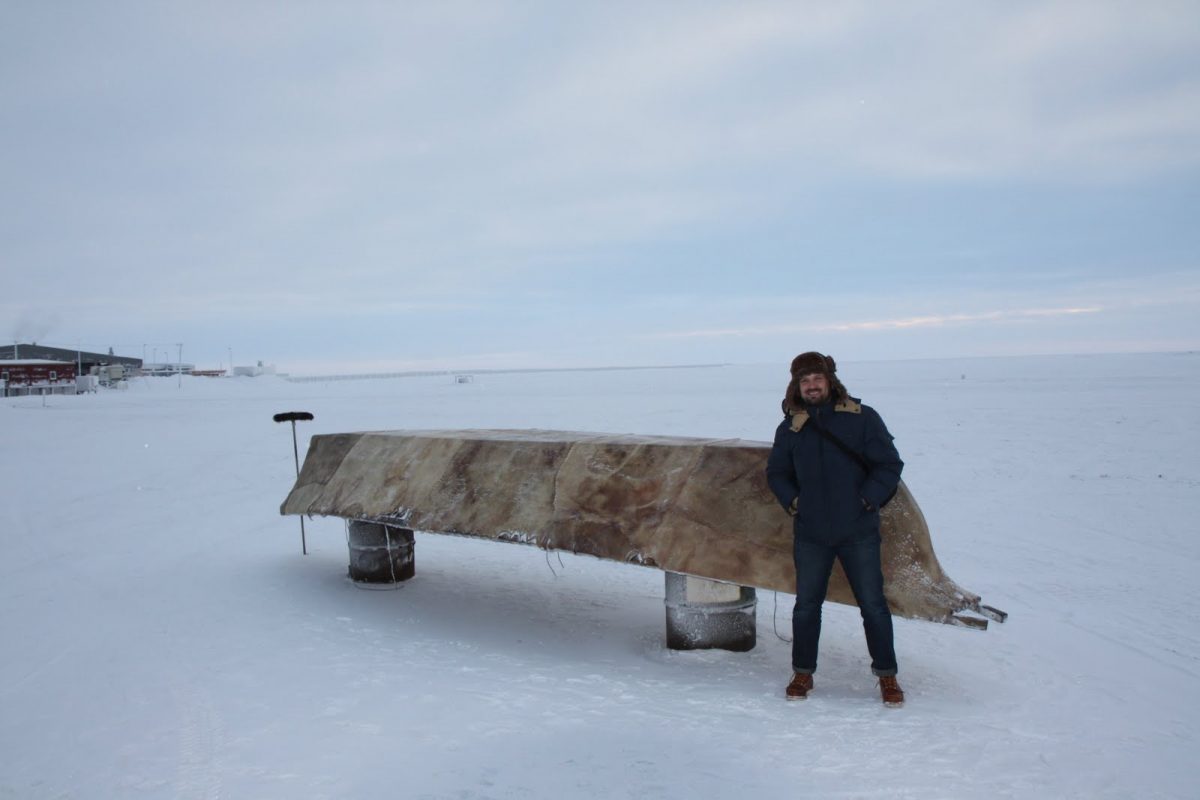
The team spent extended amounts of time in the Native Alaskan community, involving them in the entirety of the process.
Vesce says that this field work and collaborative design process is crucial to a producing a quality product:
We really wanted to work directly with members of the community, instead of kind of dropping in, spending a couple of days or weeks with folks and then going away and making a game. We wanted to do a game in partnership every step of the way. We developed these really deep relations with members of the Iñupiat community in the Barrow region and we really opened up the development process to them over many points in the project. We would go there to show versions of the build, solicit feedback from community members to help us—guide us in the creative decisions we were making, whether they were appropriate, and we actually had several members of the community on the development team.
Those community members weren’t just token, either. They were indispensable to creating “Never Alone.” “Our lead writer, Ishmael Hope, for instance, who really had a seat at the creative table, is essentially part of the development team,” Vesce says. “Others like Ron Brower and James Nageak, who ended up doing the voice work, were really instrumental in helping be a part of the process all the way, from the beginning all the way through the release.”
Veryovka notes that the project team worked hard to make sure all of the details felt authentic. “All the translators, all the language voice overs, everything was done with them and they were very particular how to translate it, how this word sounds, they were always having fights between each other,” he says. “They wanted to make it so authentic and that was interesting to watch. They really cared about that process and [wanted] to deliver the most authentic piece, so that inspired us as well.”
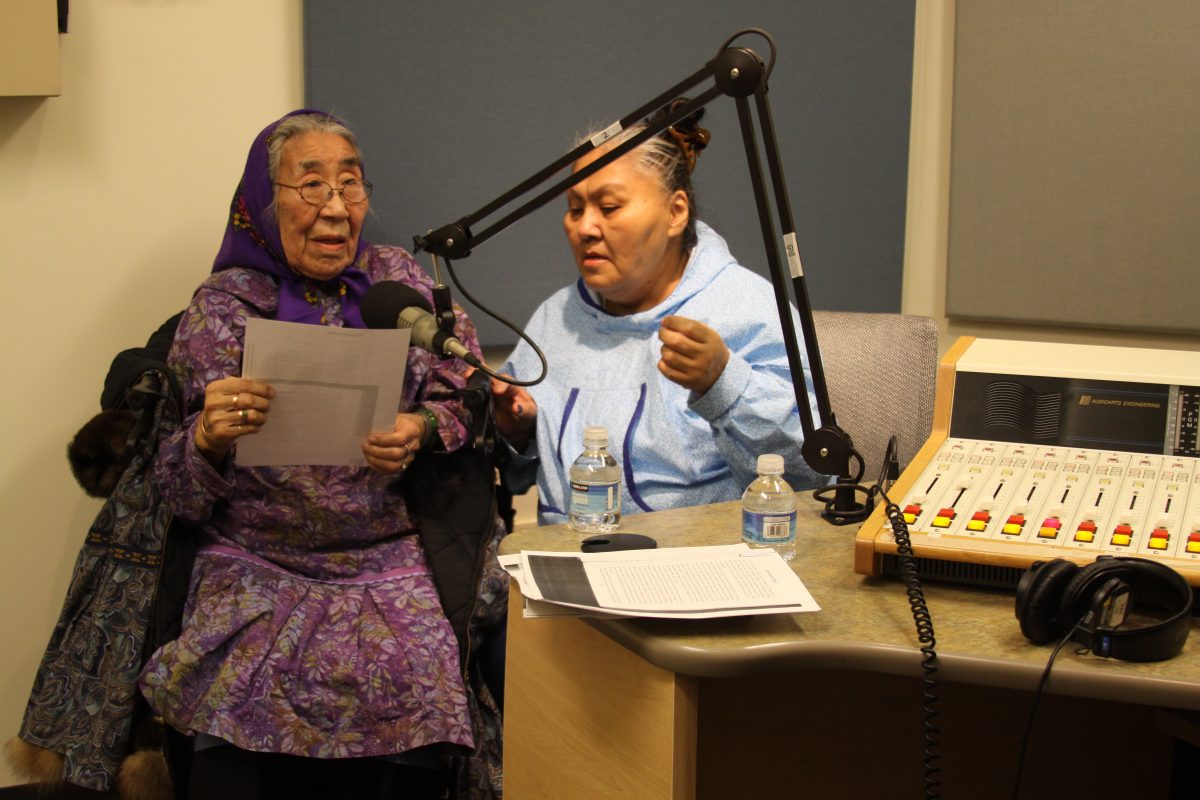
Showing culture sensitivity was also a key development principle. “Ultimately we wanted to make them proud and have a thing that represented them accurately and appropriately and that they could feel good about,” Vesce adds. “Then with people that were playing, that were outside the culture, that they were actually getting not an appropriated representation but something that actually felt essential and felt real because it was helped to be built by them [The Iñupiat].”
That makes “Never Alone” not only different from other video games, but also different from many other forms of media attempting to tell the story of a different culture. Even projects such as 100cameras or Mawah – When Ebola Came to Our Village don’t have the depth of involvement and collaboration that “Never Alone” and “Forest Song” — Colabee’s first project — require. For Vesce and Veryovka, authenticity, trust, and respect are some of the most important elements for creating their games. Those things are hard to establish and take time.
“The most important thing here and the hardest thing is to find the right connections and to find these—we call them like cultural liaisons, or cultural advisors, that will be able to connect us with the right people, people who will be with us not just for short conversations but people who agree to be with us for the length of the project which is usually around two years,” says Veryovka. “Finding those people, that’s the challenge.”
In that sense, the process of creating these games is more akin to shooting a documentary, except it’s a documentary that allows the subject to inspire and dictate the look, feel, and content of the end product.
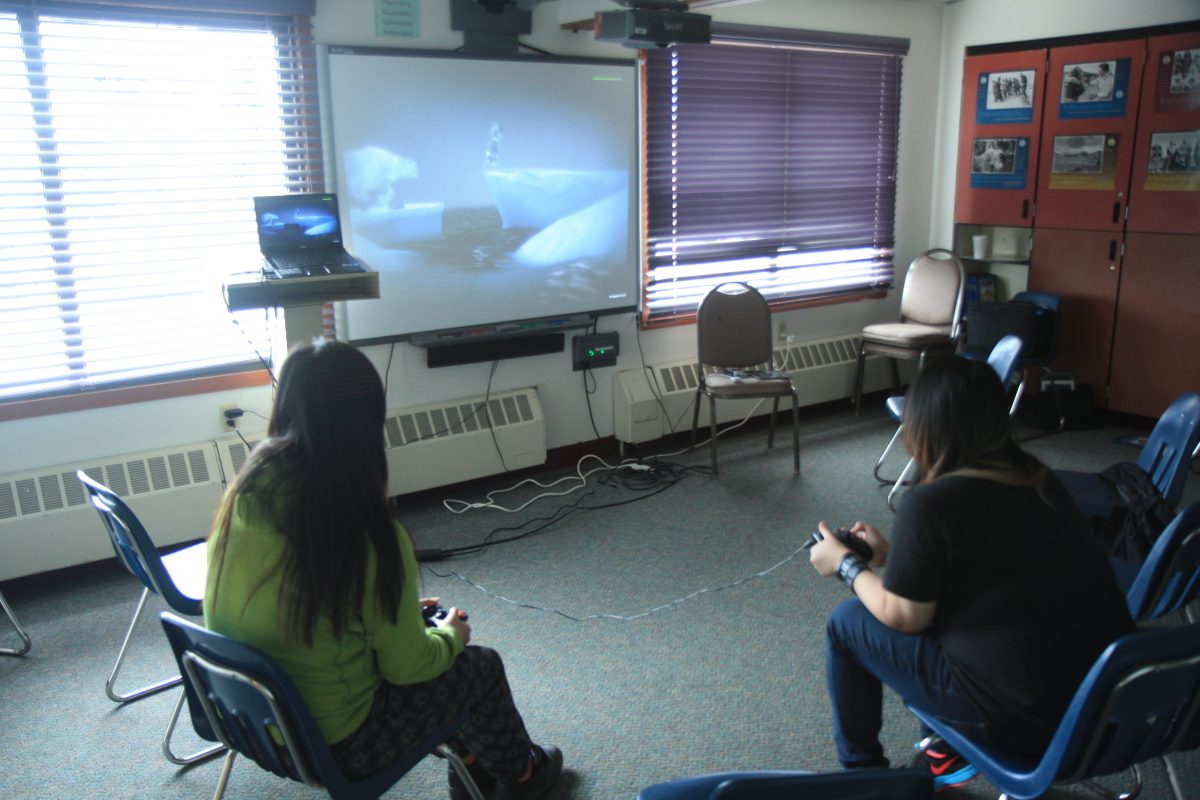
Creating “Never Alone” was such “a remarkable experience,” says Vesce, that both he and Veryovka wanted to focus on creating more games in its mold. In 2015, Colabee was born. They settled on “Forest Song” for their first project, informed by Veryovka’s ties to the Ukraine, where he grew up. They’re now developing the game’s content after going to the Volyn region and speaking with members of the community there about their beliefs, the way they see the world, and their mythology.
Why create this work, though, and what implications does it have for journalism?
According to Vesce and Veryovka, games like this can help players to recognize that people see the world in different ways. And even if one maybe doesn’t agree with or understand that other way of seeing the world, just knowing that it exists and having some respect for it can help one examine the way one lives his or her own life and why he or she sees the world the way he or she does.
“In the middle of ‘Never Alone,’ ” Vesce says, “I remember my oldest daughter — when I started talking to her about the project and sharing information on one of our trips — it dawned on her that there are people in the world who have a different way to view the world, like the way the system is and the connection with nature and stuff. It was a really fun thing to watch her, the light bulb go off, ‘Oh! There’s multiple ways to consider how life should be lived and our relationship to things,’ and we think that’s an awesome thing for players to go through as well.”
Opening windows to other parts of the world and “breaking stereotypes” isn’t all that Vesce and Veryovka hope to achieve with their games, though. Veryovka recalled that one member of the Alaska Native community said that playing “Never Alone” made him feel proud to be Alaska Native.
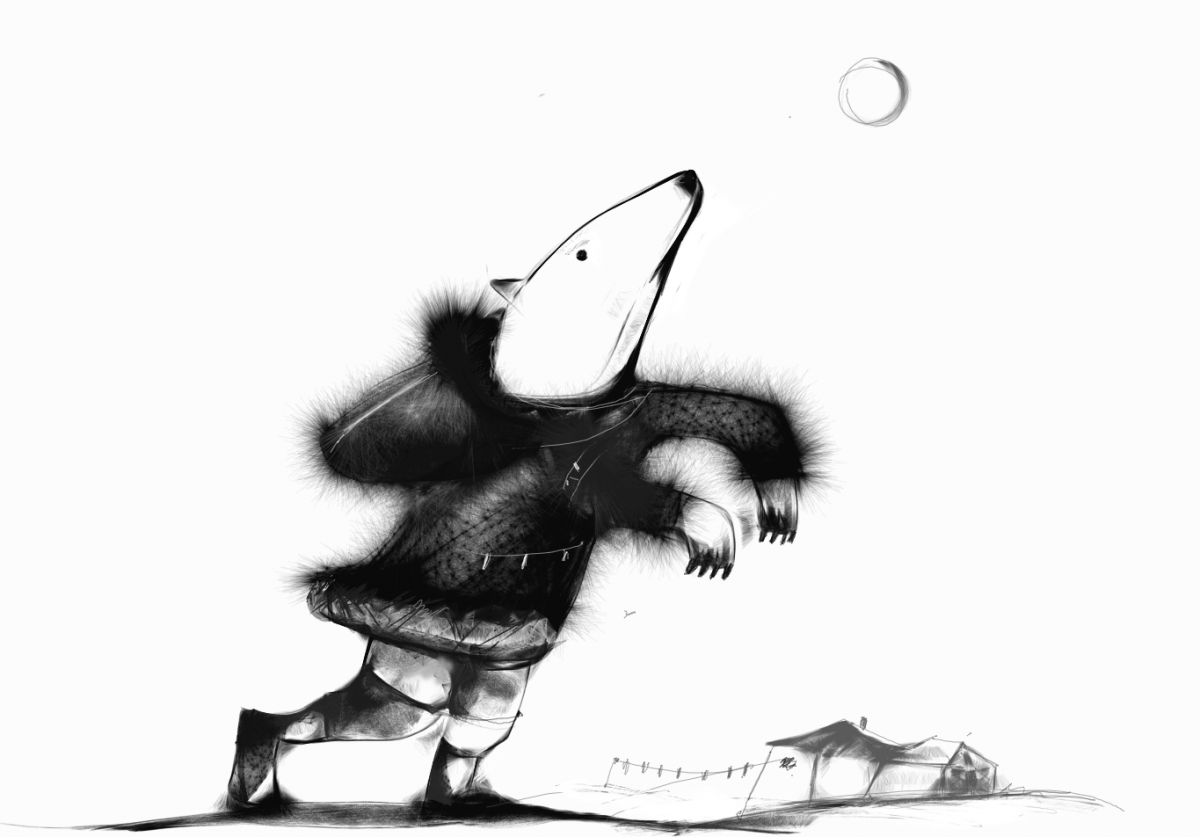
“For us that was probably one of the biggest rewards, because everything else that we did before[…]we never heard anything like that,” Veryovka says. “The game makes somebody feel proud of who they are, their culture, hearing that certainly motivates us to make more people proud and to tell other people’s story.”
In addition to working on “Forest Song,” the team is researching other cultures, including Hawaii and the Kayapo people of Brazil, to see if the long-haul, close relationships that are necessary for them to create these kinds of games could be fostered there. They’re also looking into new technology, like augmented and virtual reality, and testing what works and what doesn’t work in the hopes of eventually incorporating these technologies into their games.
In the long run, they’re thinking of creating a game that might tie the different cultures they’ve worked with all together. “Maybe when we do enough — 3, 4, 5 stories — hopefully make a story where we connect all these cultures, to have them meet and actually make some kind of a story about that—about people from different cultures connect together and just discovering how similar they are, and maybe do something like that,” Veryovka says.
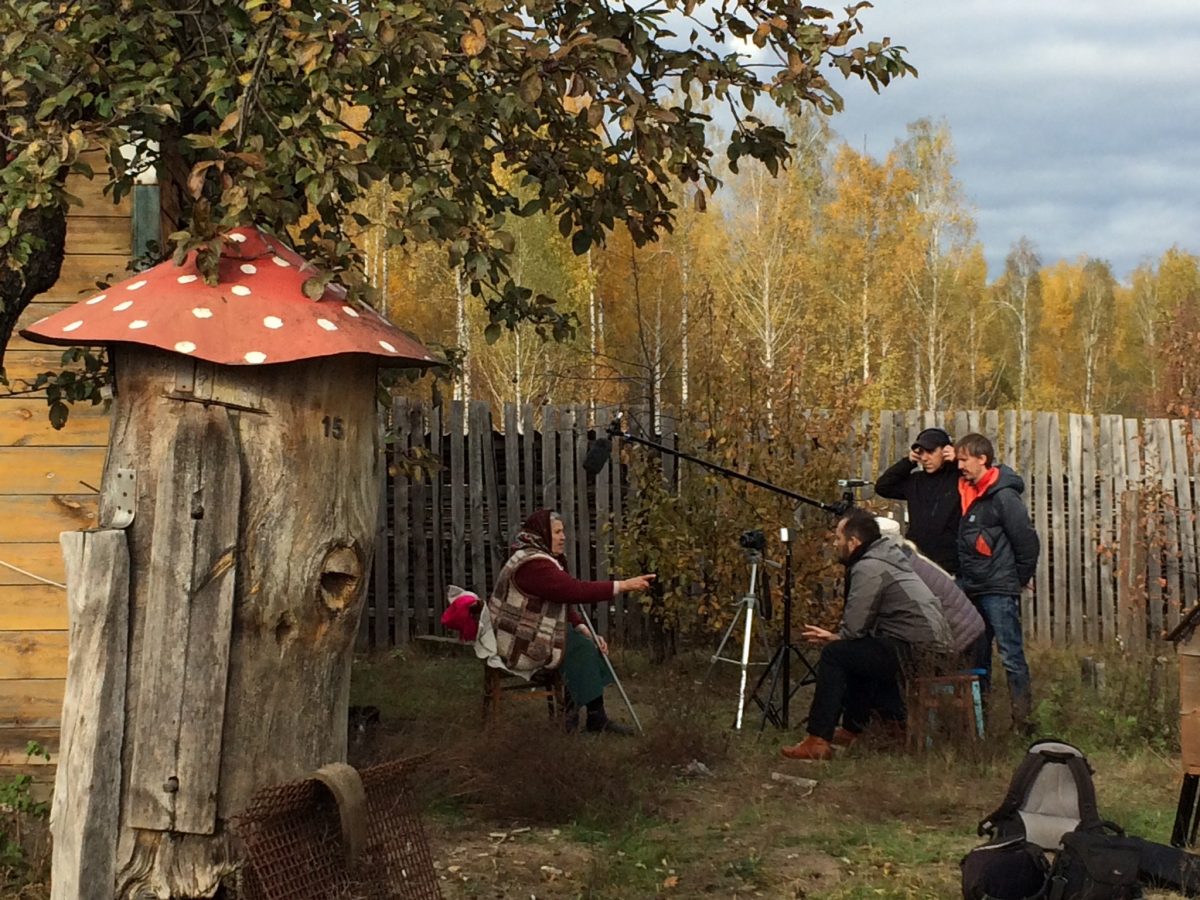
“I think we noticed, when we started in on this that there are these aspects, even [between] cultures that have been separated by time and space, that there are some common and central themes that run through a lot of it and I think helping to connect the dots between disparate cultures is a fun part of the process,” Vesce adds.
Connecting the dots between cultures with immersive media is not, of course, a goal just for Colabee, and their approach offers interesting models for journalism. Vesce and Veryovka joke that they’ve become “accidental anthropologists” and sort-of journalists, learning interviewing skills on the fly. Indeed, they have taken journalism techniques and created better video games with them.
It’s not such a leap, then, to imagine that journalists could take video game techniques, like giving the player choices in how to move through a story, to make better, more immersive and more engaging journalism.
- How KTUU worked with Carto to create a map of the station’s 360 content - April 2, 2018
- Getting started with 360 video - March 8, 2018
- Voxhop will help mediamakers record location-based audio in virtual reality - July 31, 2017
